Estimation of Ferroelectric Material Properties and Phase-Shifter Design Key Parameters Influence on Its Figure of Merit for Optimization of Development Process
Abstract
:1. Introduction
2. Methods
2.1. Figure of Merit of the Transmission Line Based Phase-Shifter
2.2. Figure of Merit of the Tunable Element Included in the Microwave Resonator
2.3. Parameters of the Microwave Bandpass Filter Based on FE Tunable Element
2.4. Figure of Merit of the Band-Pass Filter Based Phase-Shifter
3. Results and Discussion
3.1. Comparison of the Figures of Merit for Phase-Shifters Based on the Transmission Line and the Band-Pass Filter
3.2. Analysis of the Experimental Phase-Shifter
3.3. Suppression of the Amplitude Modulation by the Inclusion Coefficient Control
4. Conclusions
Author Contributions
Funding
Institutional Review Board Statement
Informed Consent Statement
Data Availability Statement
Acknowledgments
Conflicts of Interest
Appendix A. Inclusion Coefficient and Q-Factor of Resonator
Appendix B. Calculation of Inclusion Coefficient
Appendix B.1. Resonance Conditions
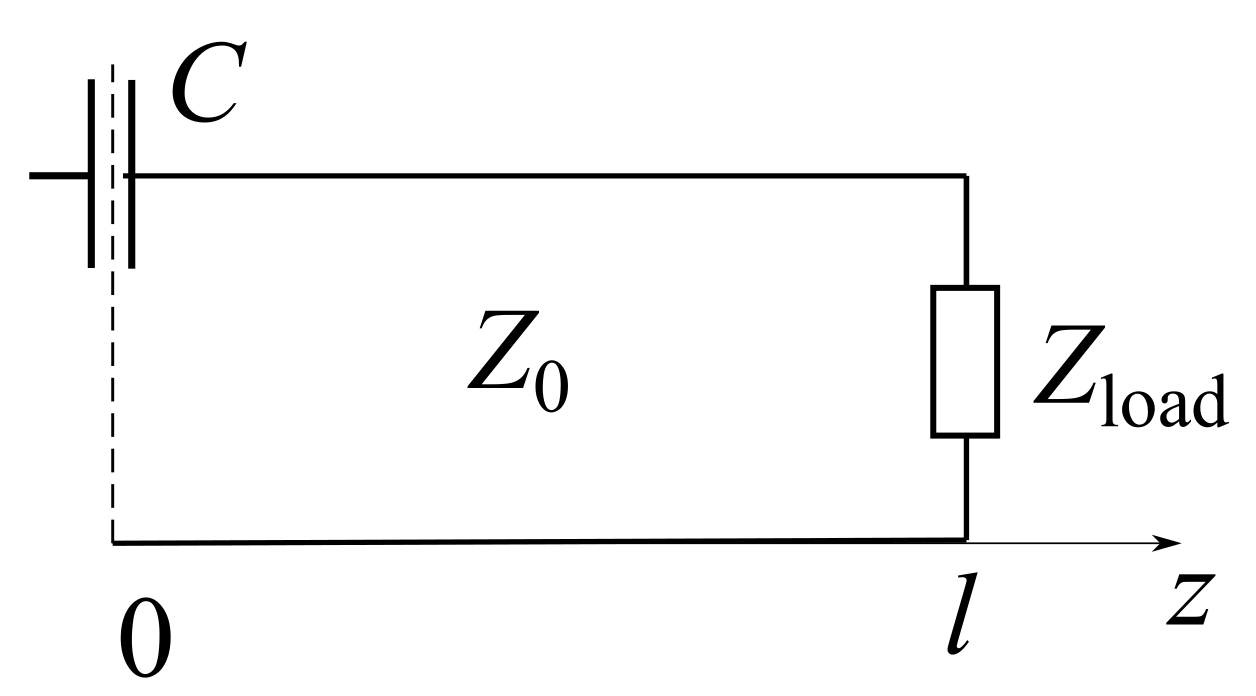
Appendix B.2. Energy Stored in the Transmission Line Section

Appendix B.3. Energy Stored in the Capacitor
Appendix B.4. Inclusion Coefficient
References
- Vendik, O.G.; Carlsson, E.F.; Petrov, P.K.; Chakalov, R.A.; Gevorgian, S.S.; Ivanov, Z.G. HTS/Ferroelectric CPW Structures for Voltage Tuneable Phase Shifters. In Proceedings of the 1997 27th European Microwave Conference, Jerusalem, Israel, 8–12 September 1997; Volume 1, pp. 196–202. [Google Scholar] [CrossRef]
- Vendik, I.B.; Vendik, O.G.; Kollberg, E.L. Criterion for a Switching Device as a Basis of Microwave Switchable and Tunable Components. In Proceedings of the 1999 29th European Microwave Conference, Munich, Germany, 5–7 October 1999; Volume 3, pp. 187–190. [Google Scholar] [CrossRef]
- Vendik, O.; Hollmann, E.; Kozyrev, A.; Prudan, A. Ferroelectric tuning of planar and bulk microwave devices. J. Supercond. 1999, 12, 325–338. [Google Scholar] [CrossRef]
- Vendik, I.B.; Vendik, O.G.; Kollberg, E.L. Commutation quality factor of two-state switchable devices. IEEE Trans. Microw. Theory Tech. 2000, 48, 802–808. [Google Scholar] [CrossRef]
- Vendik, O.G.; Vendik, I.B.; Sherman, V.O. Commutation Quality Factor as a Working Tool for Optimization of Microwave Ferroelectric Devices. Integr. Ferroelectr. 2002, 43, 81–89. [Google Scholar] [CrossRef]
- Buslov, O.Y.; Keis, V.N.; Kotelnikov, I.V.; Golovkov, A.A.; Sugak, M.I.; Kozyrev, A.B.; Sengupta, L. Slot-Line Ferroelectric Phase-Shifters and Phase-Array Antenna On Their Base. Integr. Ferroelectr. 2006, 86, 125–130. [Google Scholar] [CrossRef]
- Buslov, O.Y.; Keis, V.N.; Kotelnikov, I.V.; Kozyrev, A.B.; Tumarkin, A.V. Microwave Ferroelectric Phase Shifters Based on the Periodical Structures. In Proceedings of the 2006 IEEE MTT-S International Microwave Symposium Digest, San Francisco, CA, USA, 11–16 June 2006; pp. 1269–1272. [Google Scholar] [CrossRef]
- Sherman, V.; Astafiev, K.; Setter, N.; Tagantsev, A.; Vendik, O.; Vendik, I.; Hoffmann-Eifert, S.; Bottger, U.; Waser, R. Digital reflection-type phase shifter based on a ferroelectric planar capacitor. IEEE Microw. Wirel. Compon. Lett. 2001, 11, 407–409. [Google Scholar] [CrossRef]
- Kozyrev, A.; Buslov, O.; Keis, V.; Dovgan, D.; Kotelnikov, I.; Kulik, P.; Sengupta, L.; Chiu, L.; Zhang, X. 14 GHz Tunable Filters Base on Ferroelectric Films. Integr. Ferroelectr. 2003, 55, 905–913. [Google Scholar] [CrossRef]
- Vendik, O.G.; Vendik, I.B.; Pleskachev, V.V. Figure of Merit of Tunable Ferroelectric Planar Filters. Integr. Ferroelectr. 2003, 55, 973–981. [Google Scholar] [CrossRef]
- Maloratsky, L. Passive RF and Microwave Integrated Circuits; Elsevier: Amsterdam, The Netherlands, 2003; p. 8. [Google Scholar]
- Kozyrev, A.; Keis, V.; Koepf, G.; Yandrofski, R.; Soldatenkov, O.; Dudin, K.; Dovgan, D. Procedure of microwave investigations of ferroelectric films and tunable microwave devices based on ferroelectric films. Microelectron. Eng. 1995, 29, 257–260. [Google Scholar] [CrossRef]
- Matthaei, G.L.; Young, L.; Jones, E.M.T. Microwave Filters, Impedance-Matching Networks, and Coupling Structures; Artech House: Norwood, MA, USA, 1980. [Google Scholar]
- Kozyrev, A.; Keis, V.; Osadchy, V.; Pavlov, A.; Buslov, O.; Sengupta, L. Microwave properties of (Ba, Sr) TiO3 ceramic films and phase-shifters on their base. Integr. Ferroelectr. 2001, 34, 189–195. [Google Scholar] [CrossRef]
- Lee, S.; Ryu, H.; Moon, S.; Kwak, M.; Kim, Y.; Kang, K. X-band ferroelectric phase shifter using voltage-tunable (Ba, Sr) TiO3 varactors. J. Korean Phys. Soc. 2006, 48, 1286–1290. [Google Scholar]
- De Paolis, R.; Coccetti, F.; Payan, S.; Maglione, M.; Guegan, G. Characterization of ferroelectric BST MIM capacitors up to 65 GHz for a compact phase shifter at 60 GHz. In Proceedings of the 2014 IEEE 44th European Microwave Conference, Rome, Italy, 6–9 October 2014; pp. 492–495. [Google Scholar]
- Velu, G.; Burgnies, L.; Houzet, G.; Blary, K.; Lippens, D.; Carru, J. Characterization of ferroelectric films up to 60 GHz: Application to phase shifters. Integr. Ferroelectr. 2007, 93, 110–118. [Google Scholar] [CrossRef]
- Sheng, S.; Wang, P.; Chen, X.; Zhang, X.Y.; Ong, C. Two paralleled Ba 0.25 Sr 0.75 TiO3 ferroelectric varactors series connected coplanar waveguide microwave phase shifter. J. Appl. Phys. 2009, 105, 114509. [Google Scholar] [CrossRef]
- Acikel, B.; Liu, Y.; Nagra, A.S.; Taylor, T.R.; Hansen, P.J.; Speck, J.S.; York, R.A. Phase shifters using (Ba, Sr) TiO3 thin films on sapphire and glass substrates. In Proceedings of the 2001 IEEE MTT-S International Microwave Sympsoium Digest (Cat. No. 01CH37157), Phoenix, AZ, USA, 20–24 May 2001; Volume 2, pp. 1191–1194. [Google Scholar]
- Ryu, H.C.; Moon, S.E.; Lee, S.J.; Kwak, M.H.; Kim, Y.T. Microwave performance of distributed analog phase shifter using ferroelectric (Ba, Sr) TiO3 thin films. Integr. Ferroelectr. 2003, 54, 689–696. [Google Scholar] [CrossRef]
- Annam, K.; Spatz, D.; Shin, E.; Subramanyam, G. Experimental Verification of Microwave Phase Shifters Using Barium Strontium Titanate (BST) Varactors. In Proceedings of the 2019 IEEE National Aerospace and Electronics Conference (NAECON), Dayton, OH, USA, 15–19 July 2019; pp. 63–66. [Google Scholar]
- Mercier, D.; Niembro-Martin, A.; Sibuet, H.; Baret, C.; Chautagnat, J.; Dieppedale, C.; Bonnard, C.; Guillaume, J.; Le Rhun, G.; Billard, C.; et al. X band distributed phase shifter based on sol-gel BCTZ varactors. In Proceedings of the IEEE 2017 European Radar Conference (EURAD), Nuremberg, Germany, 11–13 October 2017; pp. 382–385. [Google Scholar]
- Kozyrev, A.; Gaidukov, M.; Gagarin, A.; Tumarkin, A.; Razumov, S. A finline 60-GHz phase shifter based on a (Ba, Sr) TiO3 ferroelectric thin film. Tech. Phys. Lett. 2002, 28, 239–241. [Google Scholar] [CrossRef]
- Sazegar, M.; Mehmood, A.; Zheng, Y.; Maune, H.; Zhou, X.; Binder, J.; Jakoby, R. Compact tunable loaded line phase shifter based on screen printed BST thick film. In Proceedings of the IEEE 2011 German Microwave Conference, Darmstadt, Germany, 14–16 March 2011; pp. 1–4. [Google Scholar]
- Deleniv, A.; Abadei, S.; Gevorgian, S. Tunable ferroelectric filter-phase shifter. In Proceedings of the IEEE MTT-S International Microwave Symposium Digest, Philadelphia, PA, USA, 8–13 June 2003; Volume 2, pp. 1267–1270. [Google Scholar]
- Kozyrev, A.; Ivanov, A.; Soldatenkov, O.; Tumarkin, A.; Razumov, S.; Aigunova, S.Y. Ferroelectric (Ba, Sr) TiO3 Thin-Film 60-GHz Phase Shifter. Tech. Phys. Lett. 2001, 27, 1032–1034. [Google Scholar] [CrossRef]
- Su, B.; Holmes, J.; Meggs, C.; Button, T. Dielectric and microwave properties of barium strontium titanate (BST) thick films on alumina substrates. J. Eur. Ceram. Soc. 2003, 23, 2699–2703. [Google Scholar] [CrossRef]
- Borderon, C.; Ginestar, S.; Gundel, H.W.; Haskou, A.; Nadaud, K.; Renoud, R.; Sharaiha, A. Design and Development of a Tunable Ferroelectric Microwave Surface Mounted Device. IEEE Trans. Ultrason. Ferroelectr. Freq. Control 2020, 67, 1733–1737. [Google Scholar] [CrossRef] [PubMed]
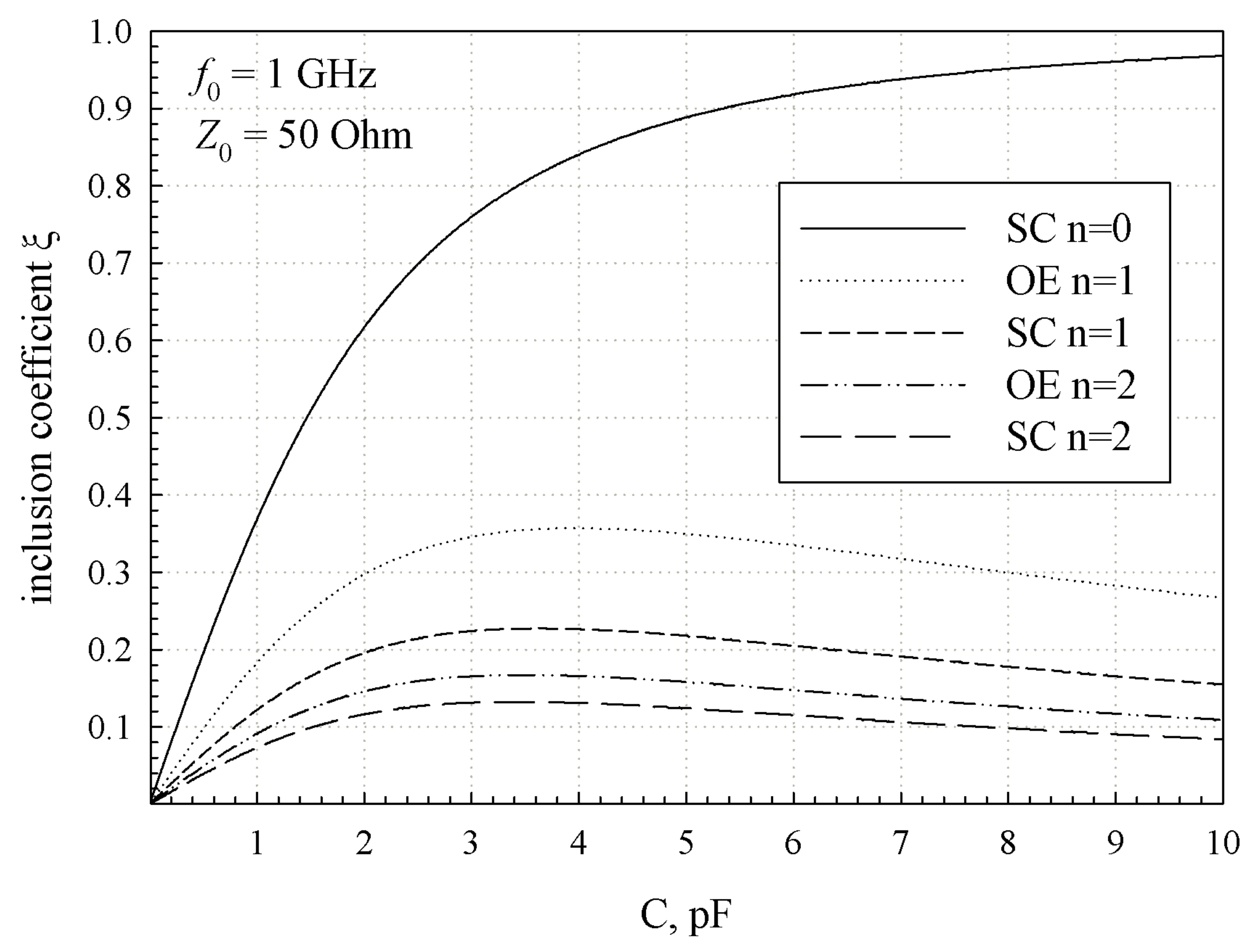
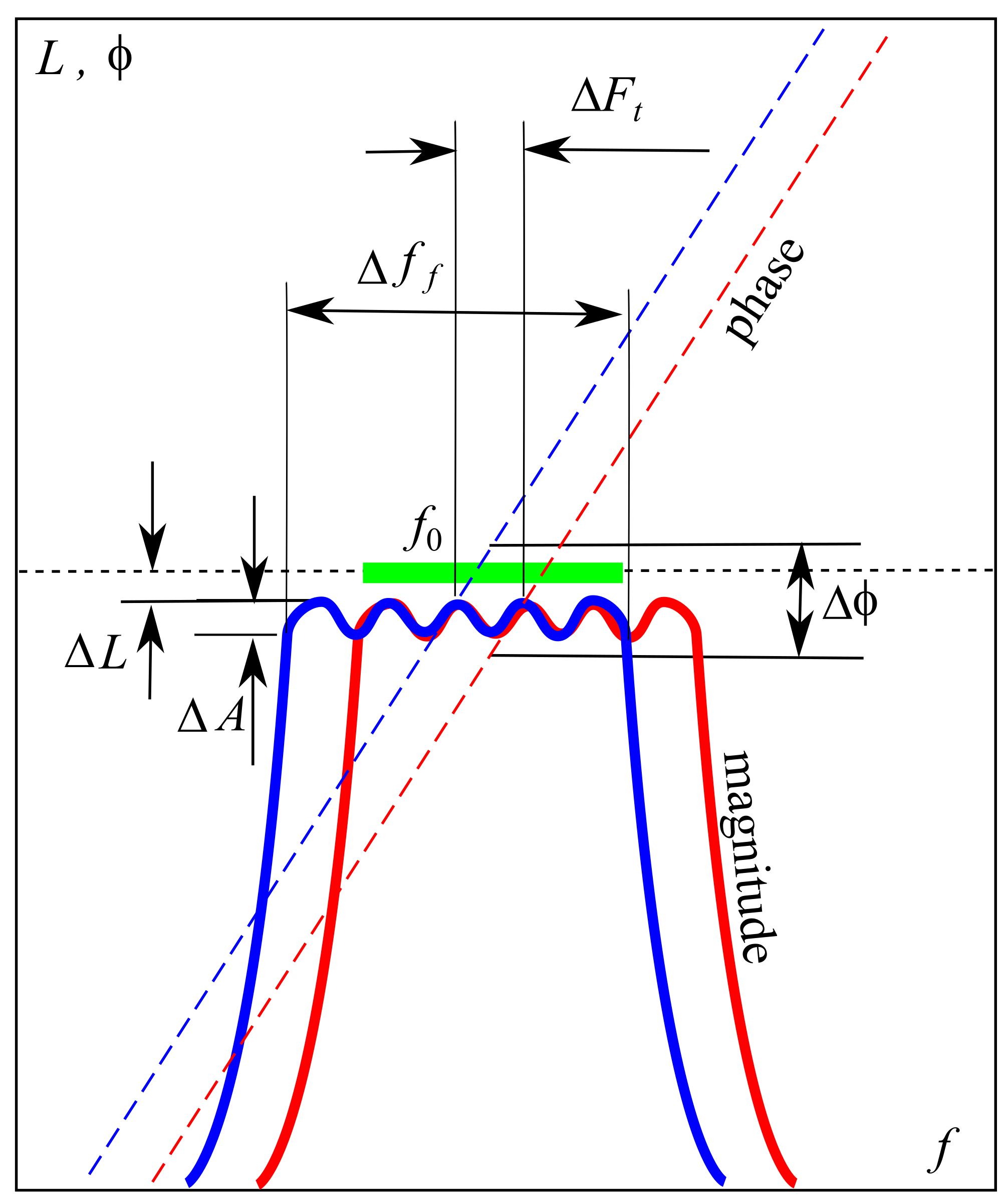
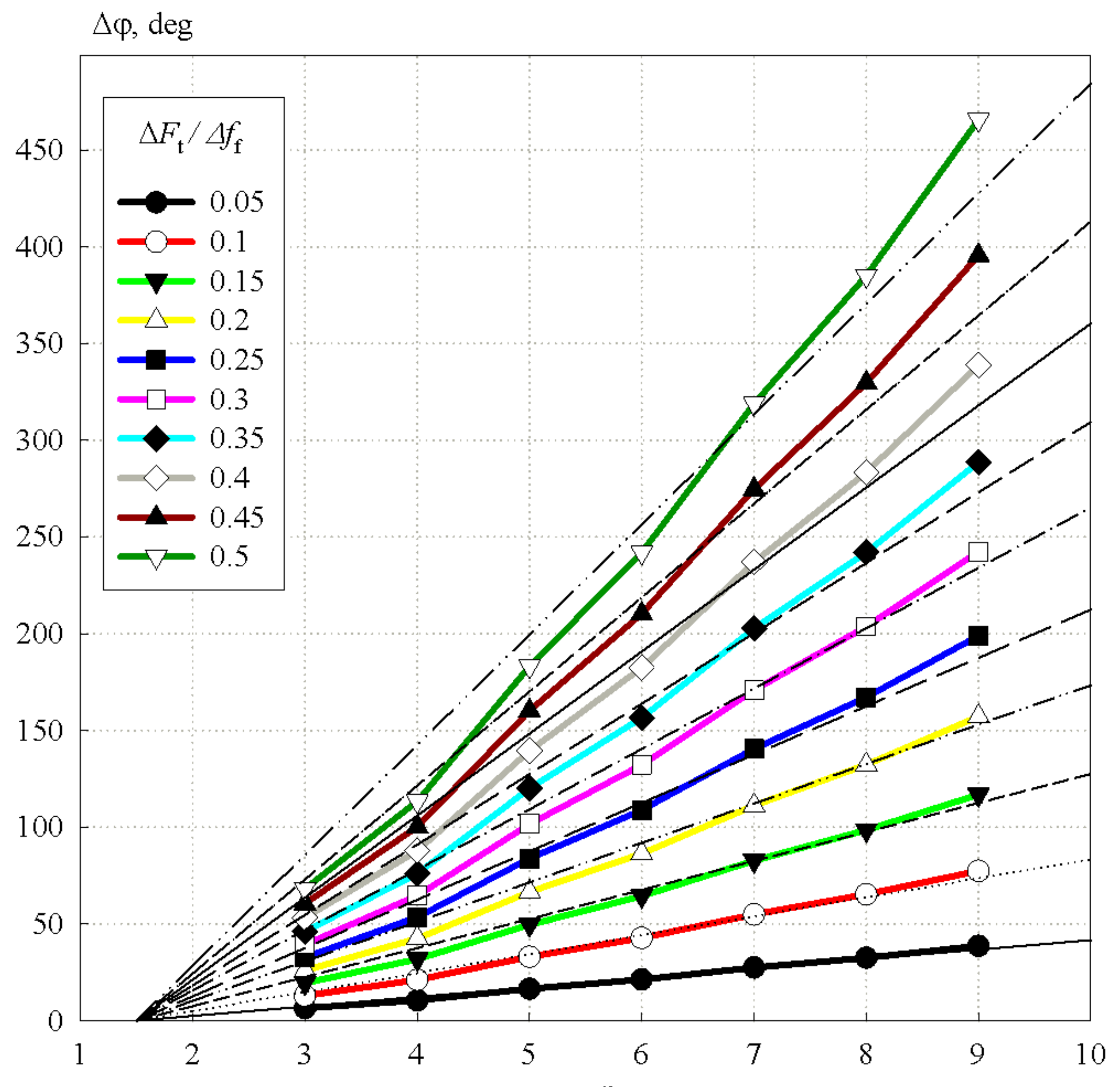
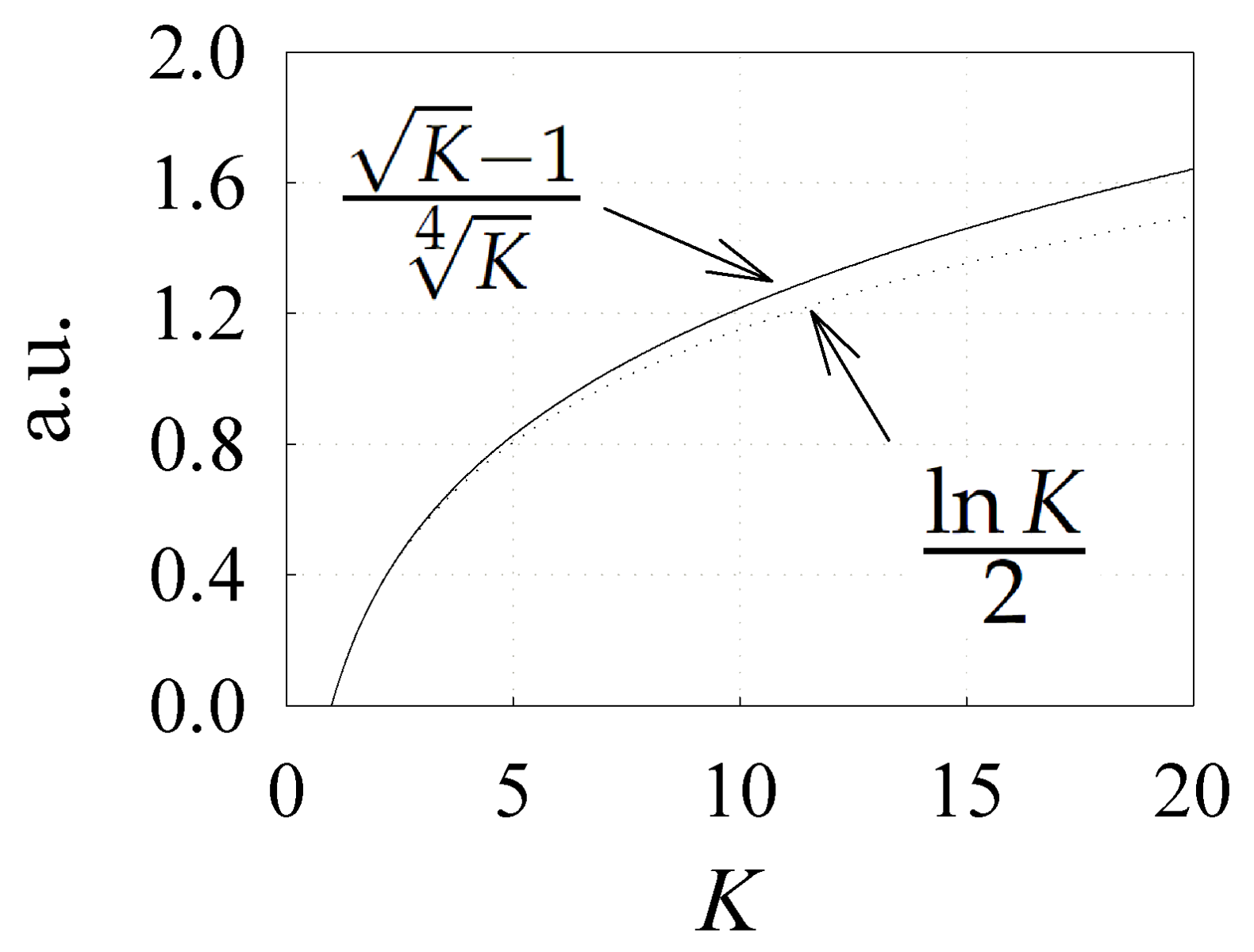
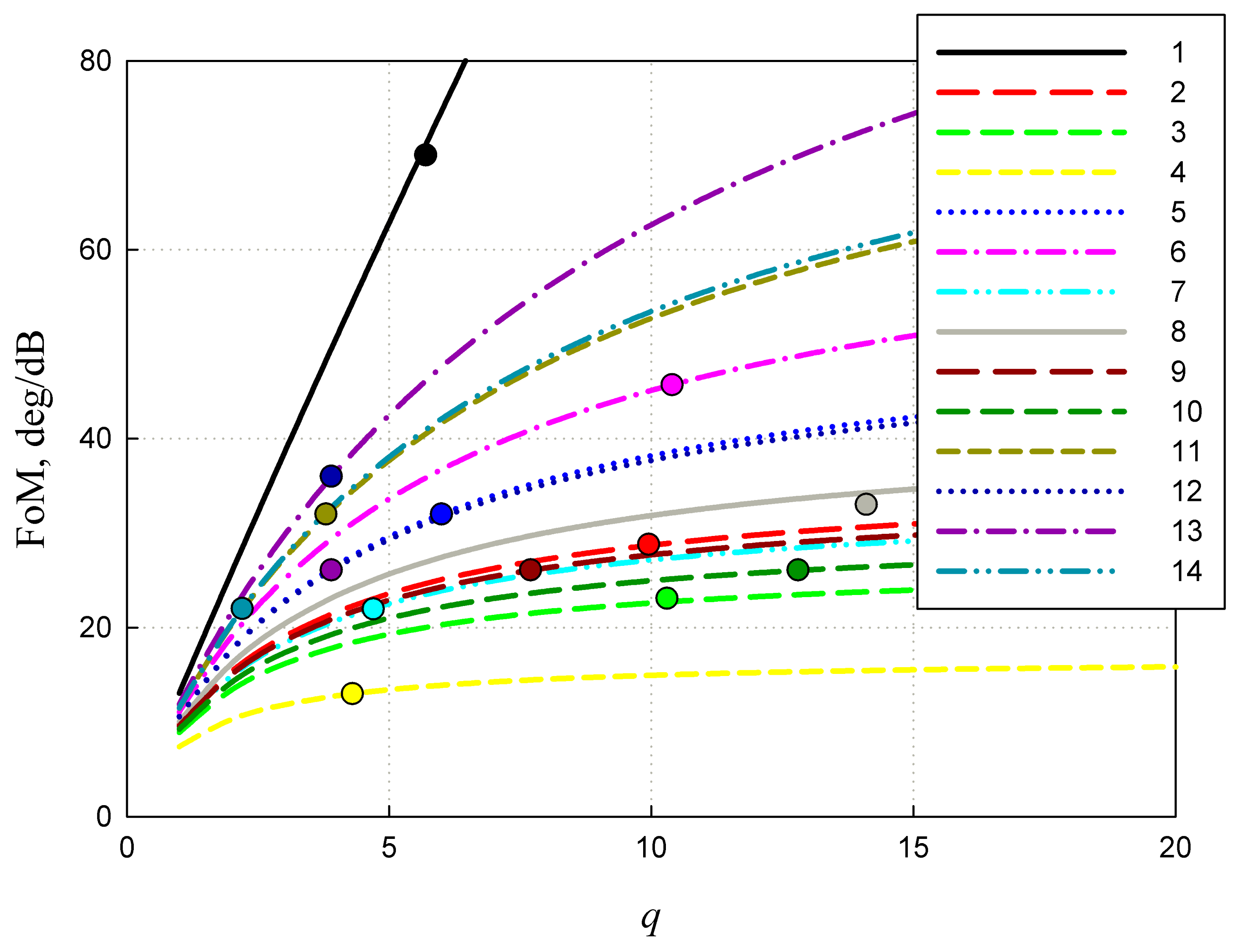
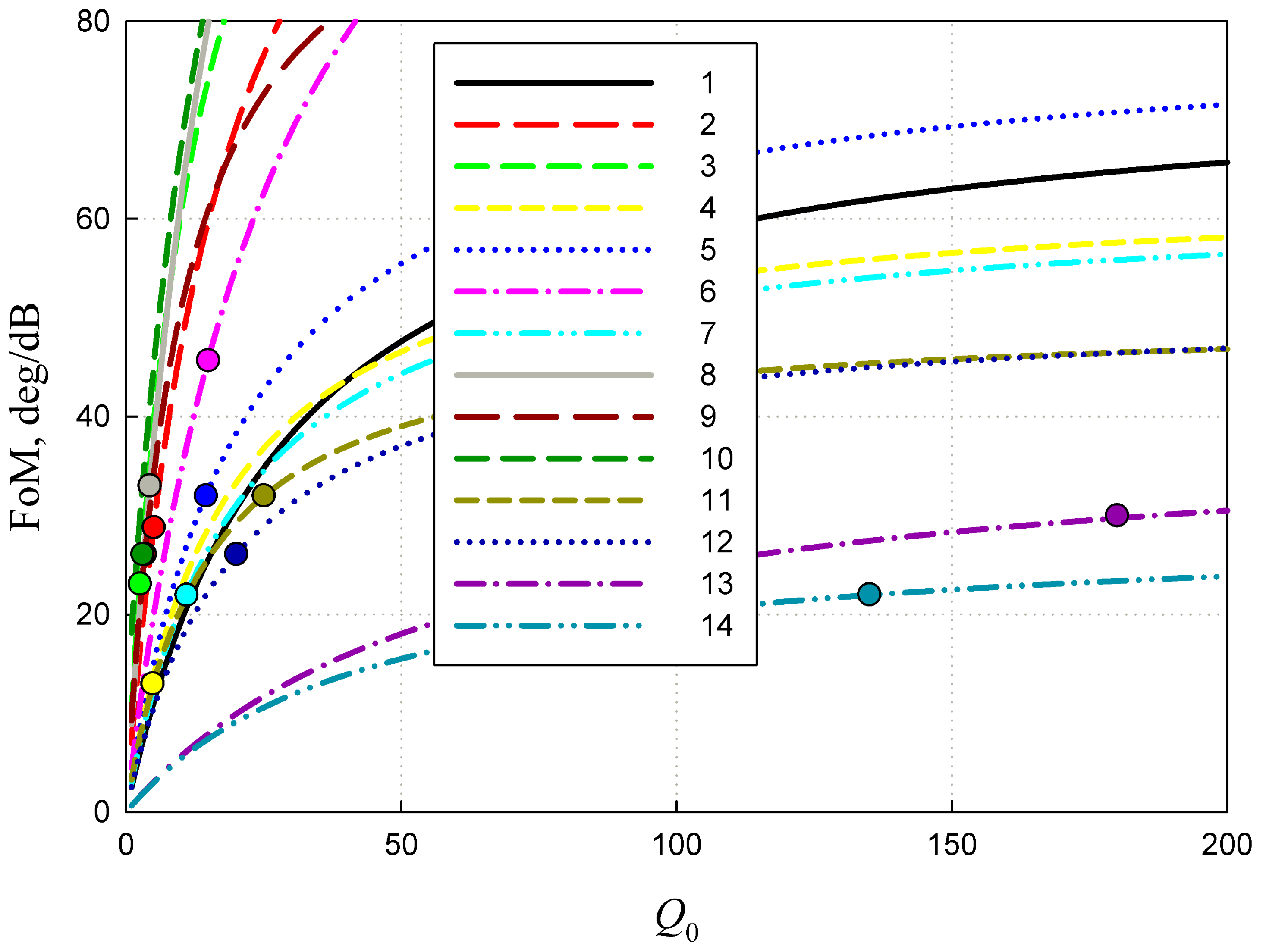
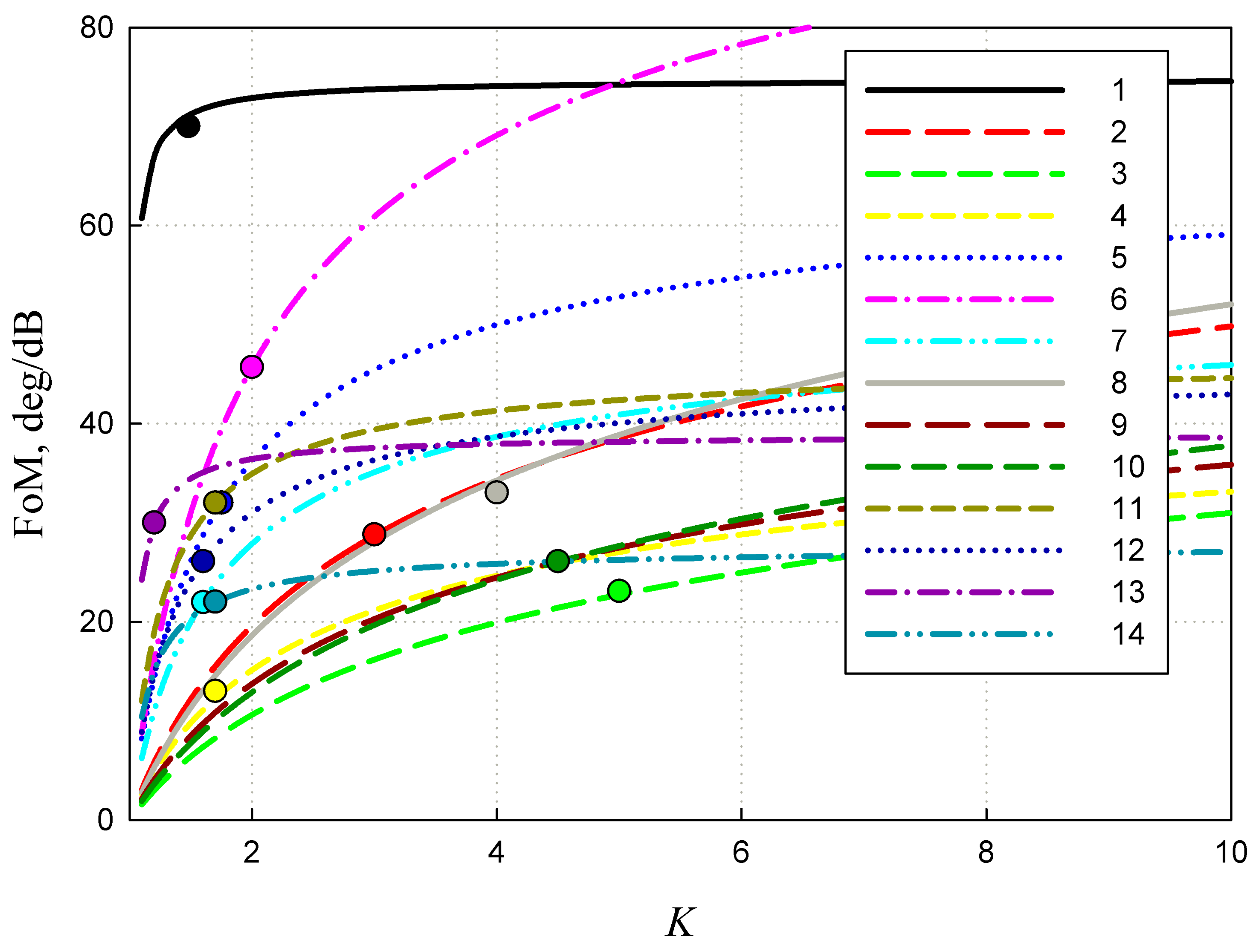
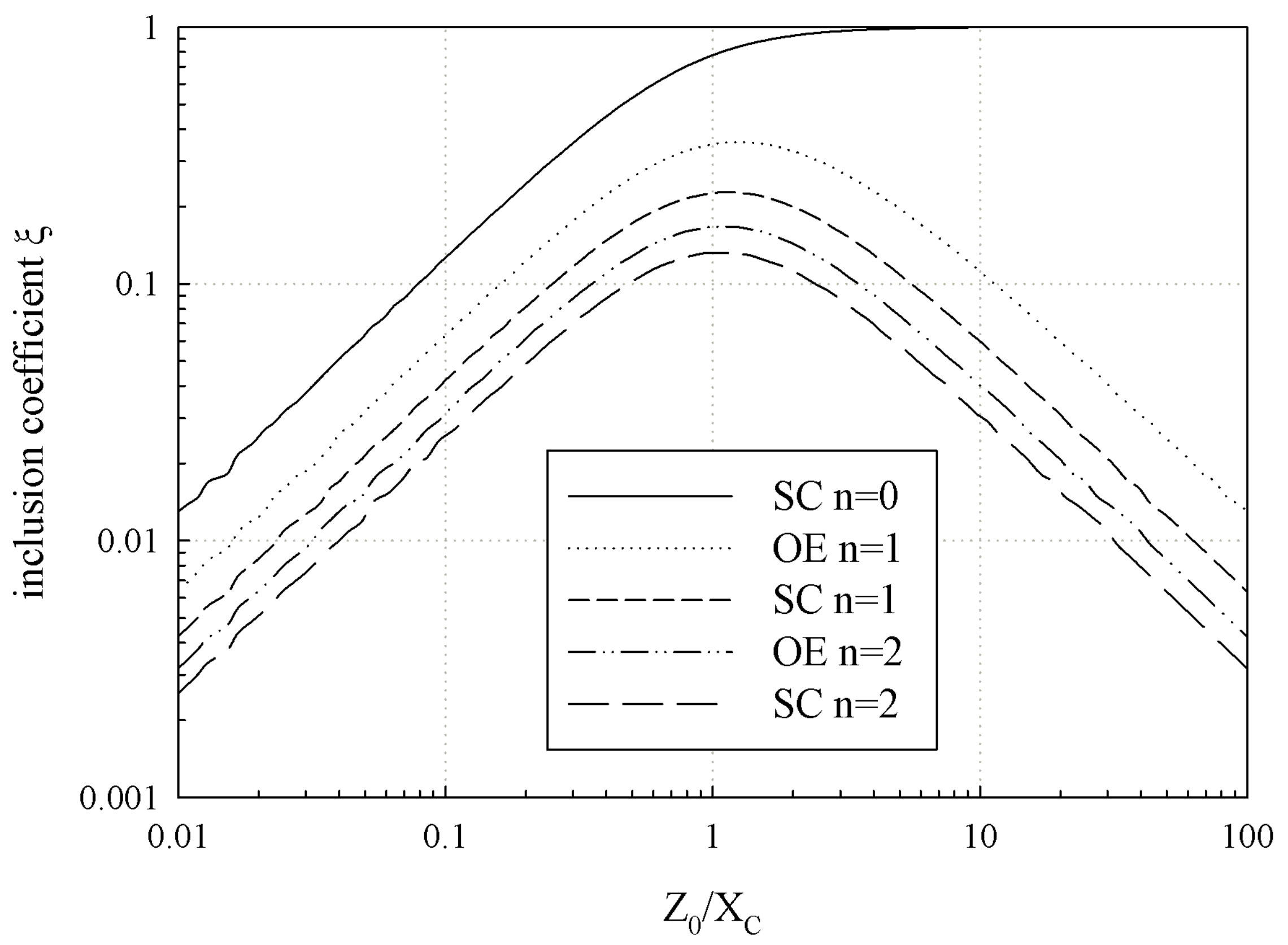
| # | Ref | Type | , GHz | K | q | FoM, deg/dB | |||
|---|---|---|---|---|---|---|---|---|---|
| 1 | [14] | regular | 30 | 0.035 | 1.48 | 5.7 | 70 | 1 | 500 |
| 2 | [15] | loaded | 10 | 0.56 | 3 | 9.95 | 28.7 | 1 | 5 |
| 3 | [16] | loaded | 65 | 0.08 | 5 | 10.3 | 23 | 1 | 2.5 |
| 4 | [17] | loaded | 30 | 0.062 | 1.7 | 4.3 | 13 | 1 | 4.8 |
| 5 | [18] | loaded | 20 | 0.047 | 1.75 | 6 | 32 | 1 | 14.5 |
| 6 | [19] | loaded | 20 | 0.33 | 2 | 10.4 | 45.7 | 1 | 14.9 |
| 7 | [20] | loaded | 10 | 0.05 | 1.6 | 4.7 | 22 | 1 | 11 |
| 8 | [21] | loaded | 12 | 0.05 | 4 | 14.1 | 33 | 1 | 4.3 |
| 9 | [22] | loaded | 12 | 0.01 | 4.5 | 7.7 | 26 | 1 | 3.45 |
| 10 | [17] | loaded | 30 | 0.06 | 4.5 | 12.8 | 26 | 1 | 3.0 |
| 11 | [23] | regular | 60 | 0.07 | 1.7 | 3.8 | 32 | 1 | 25 |
| 12 | [24] | filter | 10 | 0.06 | 1.6 | 3.9 | 26 | 0.85 | 20 |
| 13 | [25] | filter | 20 | 0.03 | 1.2 | 3 | 30 | 0.55 | 180 |
| 14 | [26] | loaded | 60 | 0.12 | 1.7 | 2.2 | 22 | 0.19 | 135 |
| # | Ref | Type | , GHz | Must Be Improved | May Be Improved | No Need to Improve |
|---|---|---|---|---|---|---|
| 1 | [14] | regular | 30 | q | - | |
| 2 | [15] | loaded | 10 | K | q | |
| 3 | [16] | loaded | 65 | K | q | |
| 4 | [17] | loaded | 30 | q | - | |
| 5 | [18] | loaded | 20 | q | - | |
| 6 | [19] | loaded | 20 | q | - | |
| 7 | [20] | loaded | 10 | - | q | |
| 8 | [21] | loaded | 12 | - | q | |
| 9 | [22] | loaded | 12 | K | q | |
| 10 | [17] | loaded | 30 | K | q | |
| 11 | [23] | regular | 60 | q | - | |
| 12 | [24] | filter | 10 | q | - | |
| 13 | [25] | filter | 20 | - | ||
| 14 | [26] | loaded | 60 | q | - |
Publisher’s Note: MDPI stays neutral with regard to jurisdictional claims in published maps and institutional affiliations. |
© 2021 by the authors. Licensee MDPI, Basel, Switzerland. This article is an open access article distributed under the terms and conditions of the Creative Commons Attribution (CC BY) license (https://creativecommons.org/licenses/by/4.0/).
Share and Cite
Gagarin, A.; Platonov, R.; Legkova, T.; Altynnikov, A. Estimation of Ferroelectric Material Properties and Phase-Shifter Design Key Parameters Influence on Its Figure of Merit for Optimization of Development Process. Crystals 2021, 11, 538. https://doi.org/10.3390/cryst11050538
Gagarin A, Platonov R, Legkova T, Altynnikov A. Estimation of Ferroelectric Material Properties and Phase-Shifter Design Key Parameters Influence on Its Figure of Merit for Optimization of Development Process. Crystals. 2021; 11(5):538. https://doi.org/10.3390/cryst11050538
Chicago/Turabian StyleGagarin, Alexander, Roman Platonov, Tatiana Legkova, and Andrey Altynnikov. 2021. "Estimation of Ferroelectric Material Properties and Phase-Shifter Design Key Parameters Influence on Its Figure of Merit for Optimization of Development Process" Crystals 11, no. 5: 538. https://doi.org/10.3390/cryst11050538
APA StyleGagarin, A., Platonov, R., Legkova, T., & Altynnikov, A. (2021). Estimation of Ferroelectric Material Properties and Phase-Shifter Design Key Parameters Influence on Its Figure of Merit for Optimization of Development Process. Crystals, 11(5), 538. https://doi.org/10.3390/cryst11050538






